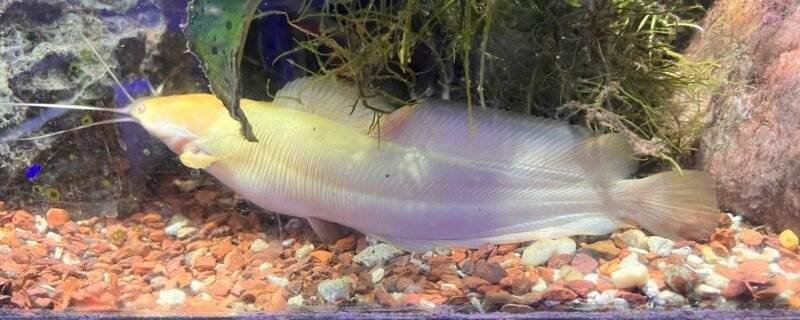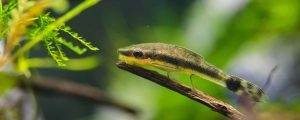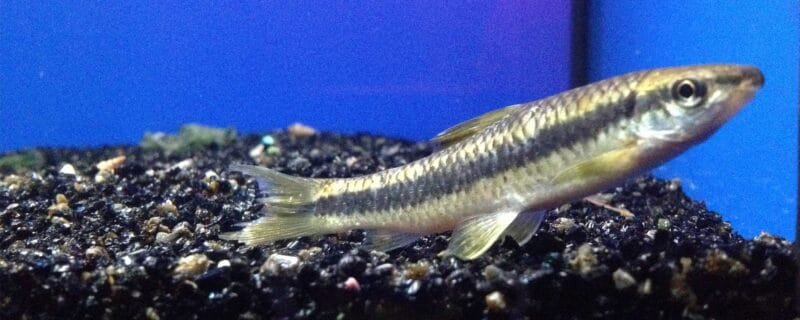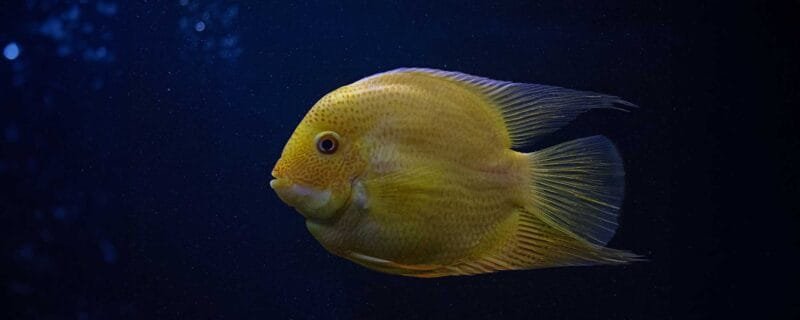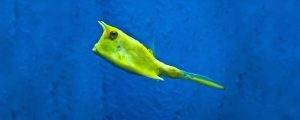Among freshwater aquarists, the Sailfin Pleco (Pterygoplichthys gibbiceps) is a highly recognizable species. Its tall, sail-like dorsal fin and unique spotted pattern make it a centerpiece in many large aquariums. While often purchased as a small algae-eating fish, the Sailfin Pleco’s true nature as a large, bottom-dwelling giant quickly becomes apparent as it matures. Despite its size, this fish remains peaceful and can coexist with a variety of community species, making it a popular yet often misunderstood aquarium inhabitant.
Native Habitat and Origin
The Sailfin Pleco is native to the Amazon River basin and its tributaries, spanning Peru, Brazil, Ecuador, and Venezuela. It thrives in slow-moving, warm freshwater environments where submerged wood and rock provide shelter and biofilm to graze upon. During the rainy season, it can even migrate into flooded forests and wetlands.
Size and Growth
This is not a small fish by any means. The Sailfin Pleco can grow to an impressive 18 inches (45 cm) in length, although in home aquariums, they often reach 12 to 15 inches (30–38 cm). Growth rates depend on tank size, diet, and water quality. Because of this, they are best suited for large aquariums—at least 100 gallons (380 liters) or more.
Physical Appearance
The defining feature of this species is the enormous dorsal fin, reminiscent of a sail when fully extended. The body is covered in bony plates, not scales, which offer natural armor. Its coloration is a mosaic of dark brown and beige or golden spots, providing excellent camouflage in its native habitat.
Albino Variation
An Albino Sailfin Pleco is a selectively bred morph featuring a pale yellow to white body with pink eyes. Despite its unique appearance, its behavior, care, and size requirements are identical to the standard Sailfin Pleco. Albinos are more sensitive to bright light and should have shaded areas or driftwood to retreat under.
Diet and Feeding
Although known as an algae eater, the Sailfin Pleco’s diet should be much broader for optimal health. In the wild, it grazes continuously on algae, biofilm, and detritus. In captivity, it should receive a balanced omnivorous diet that includes:
-
Algae wafers and sinking pellets
-
Fresh vegetables like zucchini, cucumber, spinach, and peas
-
Occasional protein supplements like shrimp pellets or bloodworms
It’s important to note that as the fish grows, its appetite increases significantly, and relying on natural algae alone is insufficient. Feed daily in the evening when the pleco is most active.
Temperament and Community Compatibility
The Sailfin Pleco is a peaceful and solitary species. It generally keeps to itself, spending much of its time resting or foraging along the substrate. However, two adult Sailfin Plecos may become territorial, particularly in confined spaces.
Ideal Tankmates
This species coexists well with a wide variety of community fish, especially larger and non-aggressive species, such as:
-
Silver Dollars
-
Gouramis
-
Barbs (non-nippy types like Rosy Barbs)
-
Large Tetras
-
Cichlids with mild temperaments (e.g., Severums or Keyholes)
Avoid housing with small, delicate fish that may be injured by the pleco’s powerful movements or large fins.
Tank Requirements and Water Conditions
A healthy Sailfin Pleco thrives in clean, oxygen-rich water with plenty of swimming space and hiding spots.
Recommended Parameters
-
Tank Size: Minimum 100 gallons (larger is better)
-
Temperature: 22–28°C (72–82°F)
-
pH: 6.5–7.5
-
Water Hardness: 2–20 dGH
-
Substrate: Smooth gravel or sand
-
Décor: Driftwood, caves, and rocks (they enjoy resting under shaded areas)
The wood serves not only as decoration but also as a dietary aid, since plecos often rasp on driftwood for lignin and cellulose, aiding digestion.
Breeding and Reproduction
Breeding Sailfin Plecos in captivity is extremely challenging due to their size and nesting behavior. In the wild, they excavate tunnels into riverbanks to create breeding chambers. The male guards the eggs until hatching, showing remarkable parental care.
In home aquariums, replicating this natural nesting environment is almost impossible. As a result, most Sailfin Plecos available in the aquarium trade are farmed in controlled pond systems in tropical regions, particularly in Asia.
Sexing the Sailfin Pleco
Sexing these fish can be difficult, especially in juveniles. However, there are subtle indicators:
-
Males: Tend to be slimmer with broader heads and more pronounced odontodes (tiny spines) on the pectoral fins.
-
Females: Have rounder bodies, especially when carrying eggs.
Visual differences become more apparent as they mature.
Ease of Care
The Sailfin Pleco is considered easy to moderate in terms of care. Its hardy nature allows it to tolerate a range of conditions, but the real challenge is providing enough space and filtration for its adult size and waste output. They are excellent algae cleaners in large tanks, though their bio-load requires strong filtration and regular water changes.
Tank Maintenance Tips
Because of their heavy waste production, maintaining stable water quality is essential:
-
Perform weekly 25–30% water changes
-
Use a high-capacity canister filter
-
Ensure adequate aeration
-
Remove uneaten food promptly to prevent ammonia buildup
Adding live plants is possible, though large Plecos may uproot them while foraging. Hardy plants attached to driftwood, such as Anubias or Java Fern, work best.
Species Variations and Relatives
The Sailfin Pleco belongs to the Loricariidae family, which includes many popular pleco species. Related fish include:
-
Hypostomus plecostomus – Common Pleco (smaller dorsal fin, shorter lifespan)
-
Pterygoplichthys pardalis – Leopard Pleco (similar size, different spotting pattern)
-
Panaque nigrolineatus – Royal Pleco (wood-eating species with unique markings)
While all share similar care requirements, Pterygoplichthys gibbiceps remains the most recognizable for its stunning dorsal fin and peaceful personality.
Common Misconceptions
Many beginners purchase juvenile Sailfin Plecos expecting them to remain small, only to find themselves with a foot-long fish within two years. This species is not suitable for small aquariums, and rehoming large individuals can be difficult. Responsible ownership means planning for their adult size from the start.
FAQs About the Sailfin Pleco
1. How big do Sailfin Plecos get in home aquariums?
In captivity, they typically reach 12 to 15 inches, though in the wild, they can exceed 18 inches. Tank size and diet greatly influence their maximum growth.
2. Do Sailfin Plecos really clean the tank?
They help control algae growth and consume leftover food, but they don’t replace proper tank maintenance. You’ll still need to perform regular water changes and clean your substrate.
3. Can two Sailfin Plecos live together?
Only in very large aquariums (200 gallons or more) with ample hiding spots. Otherwise, territorial disputes may occur, especially between mature males.
Conclusion
The Sailfin Pleco (Pterygoplichthys gibbiceps) is a magnificent addition to large freshwater aquariums, offering both utility and beauty. With its grand dorsal fin, peaceful temperament, and algae-eating habits, it appeals to both novice and experienced aquarists. However, its massive adult size and heavy waste output mean it’s best suited for aquarists prepared to provide substantial space and high filtration.
When cared for properly, the Sailfin Pleco becomes a long-lived, graceful guardian of the tank’s lower regions—majestic, resilient, and endlessly fascinating.

